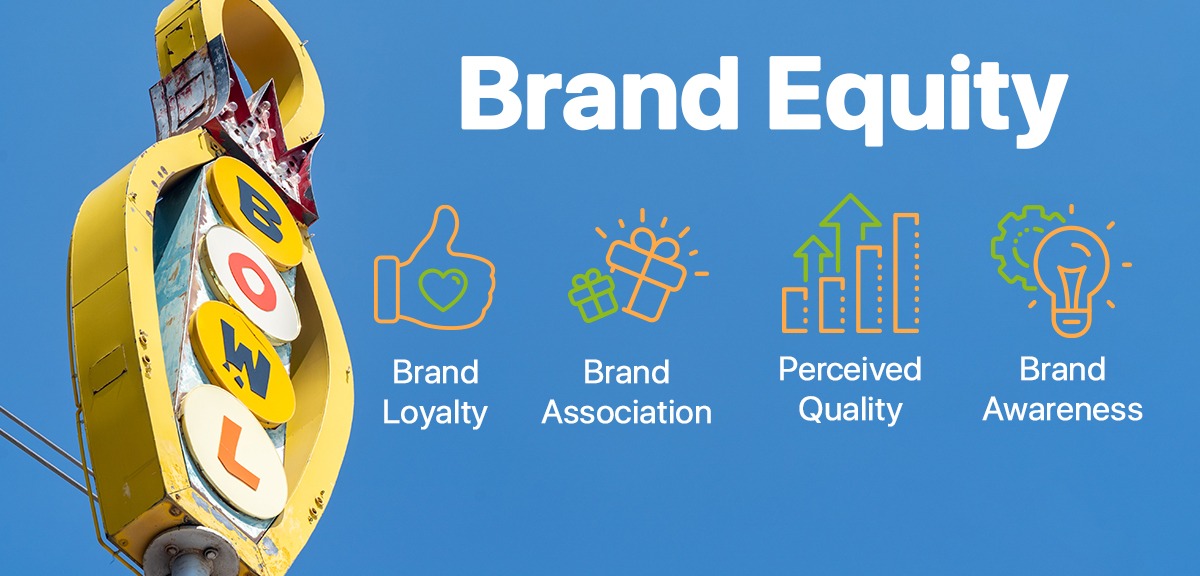Does Branding Matter To Small Businesses?
Download our free Brand Creation Questions and Understanding The Common Elements of Brands forms to help with your branding.
_______________________________________________________
Does branding matter to small businesses?
Yes. Absolutely yes.
However, for small businesses, the importance of branding swells in and out of importance. Branding is like insurance. Investing in it can often feel like a waste. But when you need it, you’re so glad it’s there. We can separate the branding into three “High Leverage Branding Moments” for a small business coinciding with the growth phases of marketing.

Market Entrance
The Market Entrance phase for a company is when the minimal viable product or service is ready to be sold. You’re introducing to the world your idea.
The Market Entrance phase is a high leverage branding moment. This is a time when branding will go a long way. Equal to the amount of time you invested in it. Branding items such as logo design, color scheme, personality, values, persona, and differentiation really matter.
You’re never going to introduce a product or service that doesn’t have some form of association with previous experiences a customer has had with a similar product, so this branding moment will help differentiate you in the market.
You must create some type of identity for your company through the use of branding or you won’t exist in the market.
Your investment in your brand during this phase must be sizeable. Thoughtful consideration of your company’s name, identity, purpose, persona, promise, branding elements and design should be thoroughly constructed. It’s a time for you to create your company’s branding foundation, and make it a solid one.
You can use our free Brand Creation Questions and Understanding The Common Elements of Brands forms to get you started.

Market Penetration
The Market Penetration phase is when you are selling existing products to new customers. You could be taking your small business to online operations. You’re opening a new location. You’ve discovered an underserved audience that is responding to your product and requires a more tailored experience.
This phase brings branding back to a high level of importance. You’ll need to leverage your brand so that it is strongly correlated with the product. You want new customers to easily recognize who and where the product or service is coming from.
Positive associations with your company eliminate hesitancy towards purchasing.
The perceived quality of your brand will help with the perceived quality of your offerings. Brand awareness will lessen the amount required in advertising and marketing spend.
This high-leverage moment is a time to consider how strong your branding is.
Are you different enough to stand out from the competition? If your brand stands for exemplary customer service, can others vouch for it? If you’re the brand for the rugged blue-collar worker, do rugged blue-collar workers feel your company designs the solutions to the problems they have?
Charismatic branding is the coal that powers the engine of products or services entering new markets.

Product Diversification
Your product or service line is expanding.
Additional items will be rooted in association with your brand. Does your brand have the power to transfer loyalty to your new offerings?
We would never know if Hyatt purchased a Hilton. The brands are too similar. But if Nike bought a Hyatt, we’d all know. What you come to expect from Nike would be automatically woven into the DNA of the hotel. Brand allows for the diversification of product offerings while mitigating the friction required of the new product to sell to an existing customer base.
This becomes another moment when the brand of a company is tested. How much leverage does the brand have? Has it been curated and consistent, to allow it to bolster sales via its presence? Or is it a negligible brand that can’t drive sales?

Brand Equity Of A Small Business
When your brand can transfer value through multiple channels and multiple product or service offerings; the investment in your brand is now “equitable”. Brand equity is when the transferability of the brand to different marketing strategies equates to a growth in revenue.
The extreme quality of every tomato placed on your sandwiches at your small deli has been boasted about by your customers enough that when you introduce a new cookie dessert on the menu; they trust it will be good and make the purchase.
The fun and entertaining personality of your brand resonates with your audience so that they freely share your social media posts and service offerings. You capture high levels of awareness from new customers solely because others around them talk about you.
Donations towards local efforts increase your brand’s affiliation and belonging to the community. When the decision to purchase your product versus a competitor is required, the sense of belonging and affiliation with a locally active company compels the customer to select your product.
Simple Steps Towards Branding
You do not need to hire a giant branding agency to get started on refreshing or recommitting to your brand. We’ve discovered most business owners don’t feel that investing in their brand is worth the time because of the delay in its payoff. However; using our two free resources, Brand Creation Questions and Understanding The Common Elements of Brands below, and reviewing the scenarios below can help you see your investment in your brand a lot quicker.
Brand and Training Scenario
If just one or two employees are lost as to what you stand for when interacting with customers – articulating brand values can help align staff and improve the quality of each interaction. Use the Understanding The Common Elements of Brands sheet to codify what your staff should focus and prioritize on. Assess their implementation of the brand value during reviews. Gauge how customers are responding to this new focus by following your Google Reviews or customer surveys.
Brand and Product Enhancement Scenario
Review every single product or service you offer against a standardized metric of brand values. In the Understanding The Common Elements of Brands sheet, you can select the Functional Value of your brand that “saves time” for customers. On a scale of 1 through 10, evaluate how well every product saves your customer time and see if it’s true to the brand. Create a plan to improve the product or services that don’t save customers time. Consistently message this value in your marketing.
Brand and Marketing Use Scenario
Use the Brand Creation Questions to guide your brand towards the proper marketing channels. The questions will direct your marketing to the right audience, explore what problems they face, and how your competitors are addressing those problems. Reflecting on the power of your brand through this powerful self-assessment can prompt changes in your marketing segmentation, targeting, and positioning efforts. You may discover that the customers who are buying from you the most aren’t your original ideal customer. Or they have embraced new advertising channels you aren’t utilizing. Start marketing purposefully with a well-crafted brand.

